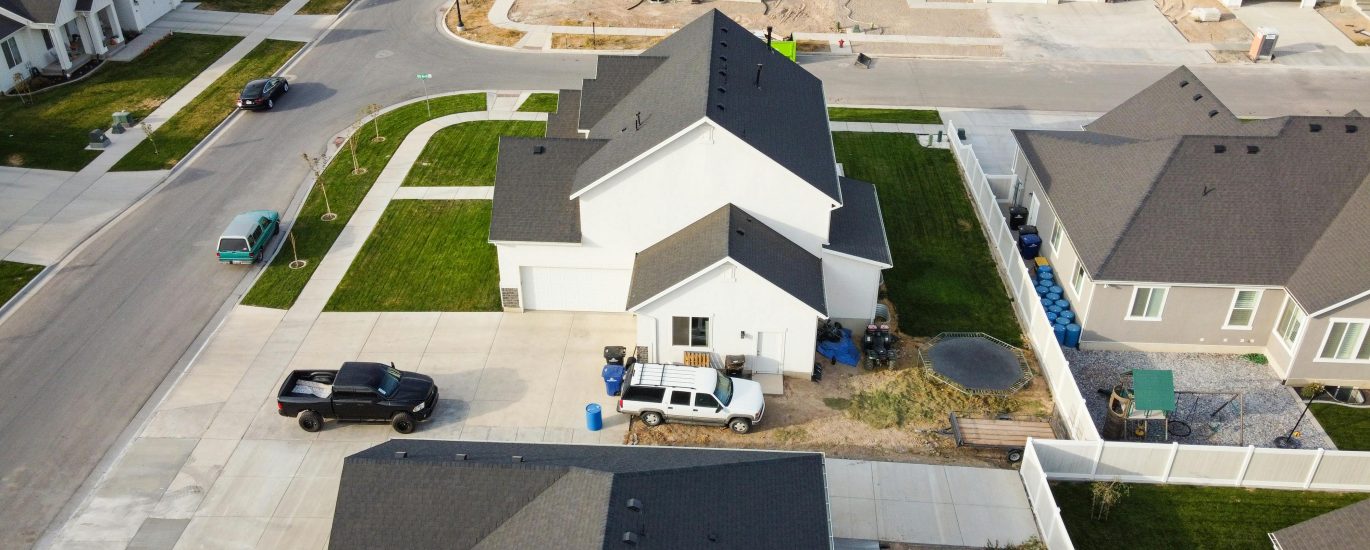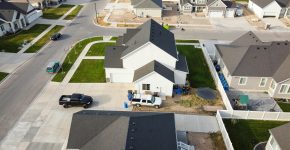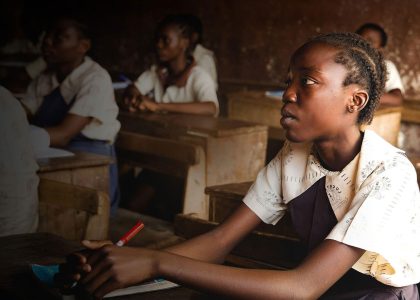Resilience House Project Overview: Empowering Vulnerable Women and Children on the Coast of Kenya
Introduction to Resilience House
Resilience House, a project under the Empower Rising Resilience (ERR) initiative, is designed to create a safe, nurturing, and eco-friendly living space for vulnerable and displaced women and children on the Coast of Kenya. The primary goal of this project is to empower residents by fostering sustainable living practices, providing education, and building strong community support networks.
Project Location and Vision
Resilience House is situated in the coastal region of Kenya, an area known for its rich cultural heritage and stunning natural landscapes. The initial phase of the project involves renting a house with a yard that will be converted into a productive garden, aligning with the project’s sustainability goals. The long-term vision is to establish a dedicated, eco-friendly facility that will serve as a permanent home and support center for residents.
Housing Specifications and Occupancy
Resilience House is envisioned as a three-bedroom eco-friendly home designed to accommodate vulnerable women and children who have been displaced from their homes. The project aims to provide a safe and secure environment where residents can rebuild their lives, free from the financial burdens that often accompany displacement. By offering this sanctuary at no cost to residents, the project ensures that those in the most need receive the care and support necessary to thrive.
Sustainability and Eco-Friendly Practices
A core principle of Resilience House is its commitment to sustainability and eco-friendly practices. The project integrates subsistence farming, where residents will participate in growing their own food, primarily for household consumption. This approach not only provides fresh, nutritious food but also teaches valuable agricultural skills specific to the coastal region.
The house itself will utilize eco-friendly materials and sustainable energy sources, reflecting the project’s dedication to environmental stewardship. By living in an eco-friendly home, residents will learn about sustainable living practices that they can carry with them long after they leave Resilience House.
Programs and Services
Resilience House offers a comprehensive range of programs and services designed to empower residents and help them achieve independence. These include:
- Agricultural Training: Residents will receive hands-on education in sustainable farming and gardening techniques, tailored to the coastal environment.
- Life Skills Training: Practical training sessions will equip residents with essential skills for independent living, from financial literacy to home management.
- Counseling and Support: Professional counseling services will be available to address the psychological and emotional needs of residents, supporting their recovery and personal growth.
- Community Engagement: Residents will be encouraged to participate in local community activities, fostering a sense of belonging and helping to build supportive networks.
Partnerships and Volunteer Engagement
Resilience House is built on a foundation of collaboration and community support. The project actively seeks partnerships with local organizations, including NGOs, government agencies, and community groups in the coastal region. These partnerships are crucial for providing resources, expertise, and additional support services to residents.
Volunteers are also a vital part of Resilience House. They bring diverse skills and experiences to the project, assisting in program implementation, providing support to residents, and helping with day-to-day operations. By engaging volunteers, Resilience House not only enhances its services but also fosters a sense of shared responsibility and community involvement.
Project Phases and Development
The development of Resilience House is structured in four key phases:
- Phase 1 – Setup: This initial phase involves renting a house with a yard in the coastal region and converting the yard into a garden that is suited to the local conditions. The house will be furnished with eco-friendly materials, setting the stage for sustainable living.
- Phase 2 – Program Implementation: Once the house is established, the focus will shift to launching agricultural training, life skills programs, and establishing partnerships with local organizations. During this phase, the intake of residents will also begin.
- Phase 3 – Expansion: As the project grows, the goal is to secure funding to build a permanent, eco-friendly facility in the coastal region. This expansion will allow Resilience House to offer more comprehensive services and support to a larger number of residents.
- Phase 4 – Community Outreach: The final phase involves implementing initiatives to engage the broader coastal community and raising awareness about the challenges faced by vulnerable women and children. Community outreach efforts will include awareness campaigns and events that promote understanding and support for the project.
Budget, Funding, and Sustainability
The sustainability of Resilience House depends on a robust funding strategy. Initial costs will cover rent, furnishings, and the conversion of the garden. Long-term costs include the construction of a permanent facility, staff salaries, and ongoing program expenses. The project will be funded through a combination of crowdfunding, grants, donations, and partnerships with other organizations.
Monitoring, Evaluation, and Transparency
Resilience House is committed to transparency and accountability. The project’s success will be monitored through performance metrics such as the number of residents served, success stories, and community engagement levels. Regular impact assessments will ensure that the project continues to meet the needs of residents and the broader community.
Updates on the project’s progress will be shared through the ERR website, providing donors and supporters with detailed reports on the impact of their contributions. Additionally, feedback from residents and the community will be actively sought to continuously improve the services offered by Resilience House.
Conclusion
Resilience House represents a beacon of hope and empowerment for vulnerable women and children on the coast of Kenya. By offering a safe, sustainable, and supportive environment, the project not only changes lives but also contributes to the broader goal of building resilient communities. Through partnerships, volunteer engagement, and a commitment to sustainability, Resilience House is poised to make a lasting impact on the lives of those who need it most.











